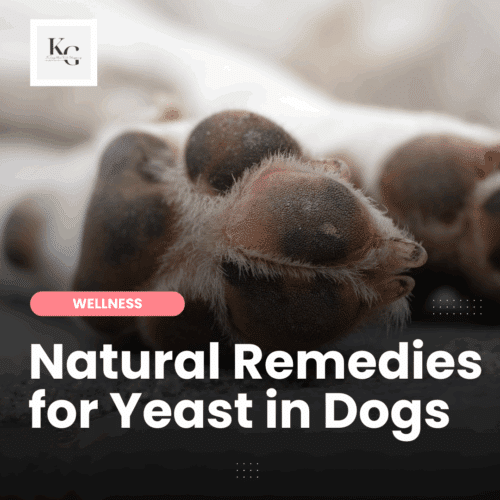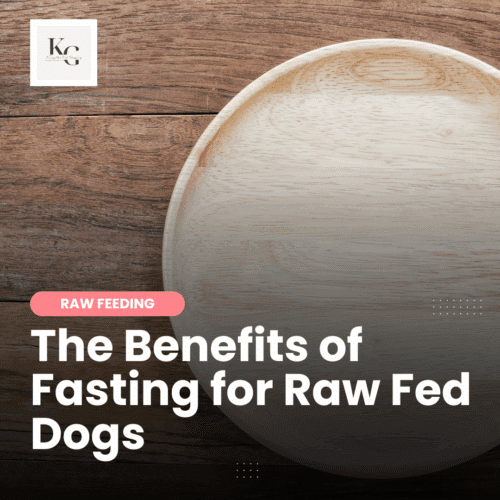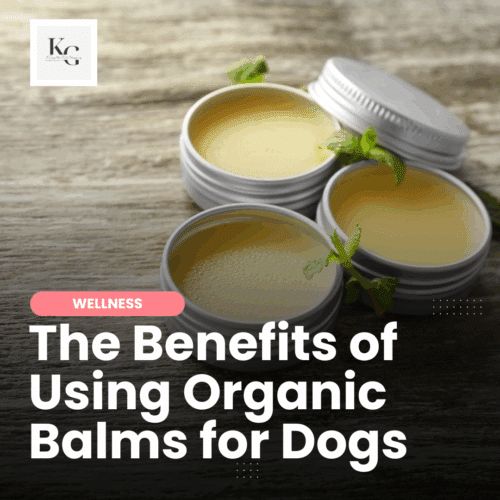Keep the Tail Wagging is supported by pet parents. I occasionally earn a commission (at no additional cost to you) when you click through an affiliate link to one of my favorite products. Thank you for your support. Read More
The foundation of the diet I formulated for my dogs is 80/10/10 – 80% muscle meat, 10% bone, and 10% organ meat. 80/10/10 isn't a nutritionally complete raw diet, so I use a base mix and feed additional foods to balance over time. So, why must I know bone content using a base mix?
Because the foundation of my dogs' raw diet is 80/10/10, I can use less of the base mix, which saves money. Plus, bones are an essential part of my dogs' diet, offering benefits they can't obtain through a base mix:
- raw meaty bones satisfy a dog's chew drive and help to reduce anxiety
- raw meaty bones help to keep a dog's teeth clean
- chewing on raw meaty bones strengthens the jaw, neck, and shoulder muscles
I feed smaller bones (duck feet, duck necks, quail) as part of a meal, and I feed larger raw meaty bones (rabbit heads, chickens, cornish game hens) as a whole meal. I always supervise my dogs when I give them bones to ensure safety.
3 Reasons to Know Bone Content
Raw feeders would benefit from knowing bone content for several reasons:
1- Preventing Nutritional Imbalances: Feeding excessive or inadequate amounts of bone can lead to nutritional imbalances in a raw diet. Too much bone can cause an imbalance in calcium and phosphorus levels, while too little bone can result in deficiencies. By understanding bone percentages, raw feeders can ensure that their pet's diet meets their nutritional needs without causing imbalances.
2 – Stool Consistency: Bone is a significant factor in regulating stool consistency in raw-fed pets. If the bone content is too low, it can lead to loose stools, while excessive bone can cause constipation. By knowing the bone percentages, raw feeders can adjust the diet to maintain optimal stool consistency.
3 – Save Money: Knowing the bone content helps me save money on the base mix. I use less base mix because I mix muscle meat, organs, and bone with my base mix (and not just muscle meat). If the bone content of the protein I choose is low, I can either add more bone or adjust the base mix I use in my meal prep. My base mix goes further because I provide sufficient bone (calcium) in my formulations.
% Bone Content for Common Proteins
Understanding the bone content in the various proteins helps me better meet my dogs' nutritional needs. The following is a list of bone percentages for common proteins that I pulled together from various online resources to confirm that the amounts are correct. This is not an exhaustive list and only serves as an estimate.
The below list is sorted alphabetically by protein. I feel comfortable feeding my dogs with 10-15% bone content for adult dogs. I feed more for growing puppies, around 15-18%.
Beef
- Beef Ox tails – 45-65%
- Beef Ribs – 52%
Chicken and Other Poultry
- Chicken Back- 45%
- Chicken Drumstick – 30%
- Chicken Feet – 60%
- Chicken Frame – 80%
- Chicken Head – 75%
- Chicken Leg Quarter – 30%
- Chicken Neck (with skin) – 36%
- Chicken Neck (without skin) – 75%
- Chicken Breast (with bone) – 20%
- Chicken Thigh – 15%
- Chicken Whole – 30%
- Chicken Wing – 45%
- Cornish Game Hen – 39%
Related to Chicken or Chicken-Like
- Guinea Hen – 17%
- Pheasant – 14%
- Quail – 10%
Duck
- Duck Feet – 60%
- Duck Frame – 80%
- Duck Head – 75%
- Duck Neck – 50%
- Duck Whole – 28%
Lamb
- Lamb Neck – 32%
- Lamb Ribs – 27%
- Lamb Shank – 50%
- Lamb Shoulder blade – 24%
Pork
- Pork Brisket – 32%
- Pork Feet – 30%
- Pork Ribs – 30%
- Pork Tails – 30%
Rabbit
- Rabbit Head – 75%
- Rabbit Whole (with fur) – 10%
- Rabbit Whole (without fur) – 28%
Turkey
- Turkey Back – 41%
- Turkey Drumstick – 20%
- Turkey Neck – 42%
- Turkey Thigh – 21%
- Turkey Whole – 21%
- Turkey Wing – 33-37%
- Turkey Feet – 60%
- Turkey Head – 50%
- Turkey Breast (bone-in) – 10%
Knowing bone content isn't a requirement of raw feeding, but it can be great information as you learn more about raw feeding and transition into DIY. I primarily use this list when I get trim (beef, venison, pork, elk, emu, and lamb); the list helps me figure out what I can add to meet the bone requirements without throwing phosphorus out of whack.






